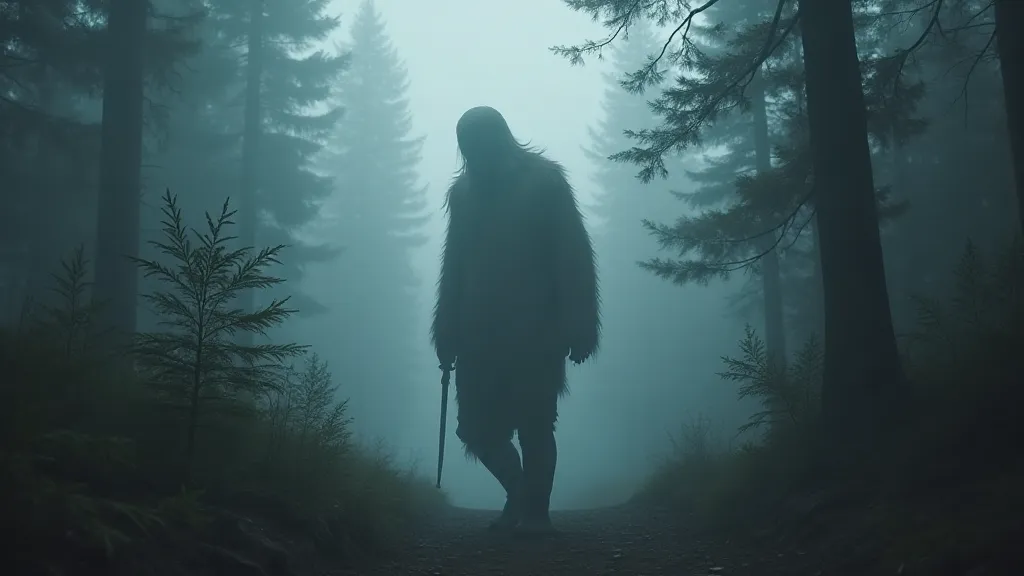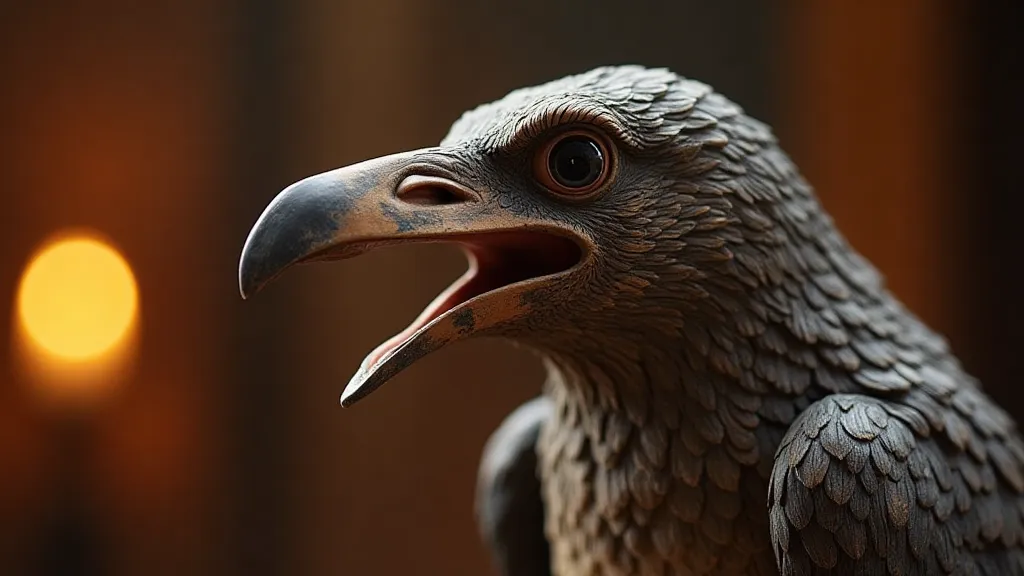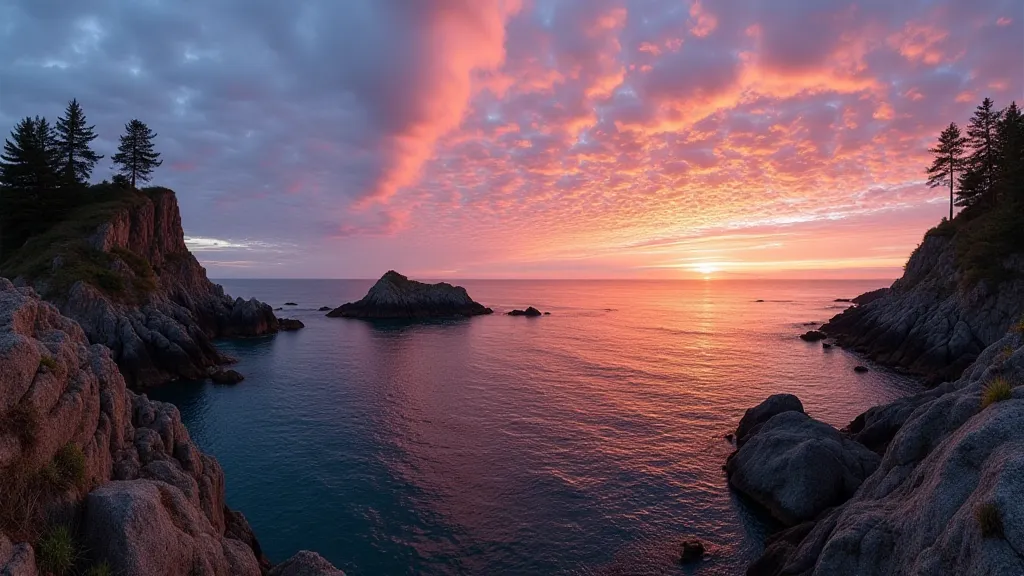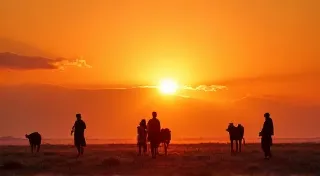Folklore of the Pacific Northwest: Sasquatch, Raven Tales, and Coastal Traditions
The Pacific Northwest, a region of towering evergreens, rugged coastlines, and abundant rainfall, boasts a rich and vibrant tapestry of storytelling traditions. For millennia, the people of this region have woven tales that explain the natural world, impart moral lessons, and celebrate cultural identity. This article delves into some of the most significant elements of Pacific Northwest folklore, focusing on the legendary Sasquatch, the profound Raven tales from Indigenous cultures, and the enduring influence of the region's maritime heritage.
The Enigmatic Sasquatch: A Creature of the Forest
Perhaps the most famous figure in Pacific Northwest folklore is Sasquatch, also known as Bigfoot. Stories of a large, hairy, ape-like creature inhabiting the remote forests have been passed down through generations of Indigenous peoples and adopted into wider North American lore. While often viewed as a cryptid by outsiders, for many Indigenous communities, Sasquatch represents a deeper connection to the land and a reminder of the power and mystery of the wilderness. These stories serve as warnings about respecting the boundaries of the forest and the consequences of disrupting the natural order.

Raven Tales: Trickster and Creator
Indigenous cultures of the Pacific Northwest – including the Haida, Tlingit, Kwakwaka’wakw, and others – hold Raven in high regard, though often as a trickster figure. Raven tales are far more than simple entertainment; they are foundational narratives explaining the creation of the world, the origins of humans, and the gifting of fire and light to humanity. Raven's actions, often mischievous and sometimes destructive, serve as allegories for human behavior, highlighting the importance of resourcefulness, adaptability, and the potential for both great benefit and considerable harm. The variations in Raven tales across different tribes reveal nuanced cultural perspectives and emphasize the power of storytelling in preserving and transmitting cultural values.

Coastal Traditions: Salmon, the Sea, and Ancestral Connections
The Pacific Northwest’s coastline has profoundly shaped its folklore. The salmon, a cornerstone of the region’s ecosystem and sustenance, features prominently in numerous stories. These narratives often depict the salmon as a benevolent provider, deserving of reverence and respect. They emphasize sustainable practices and the interconnectedness of humans and the natural world. Stories also often revolve around sea monsters, mythical islands, and encounters with spirits, reflecting a deep respect for the ocean's power and unpredictability. Furthermore, many coastal traditions involve elaborate ceremonies and rituals honoring ancestors and maintaining a connection to the past.
Themes and Significance
Across these diverse storytelling traditions, several recurring themes emerge. A profound respect for nature is paramount. Stories emphasize the importance of maintaining balance within the ecosystem and honoring the spirits of the land and sea. Transformation is another key theme, appearing in Raven tales, myths of shapeshifting beings, and narratives of personal growth. Finally, the concept of responsibility – to the community, to the environment, and to future generations – resonates strongly in these stories, serving as a moral compass for navigating life's challenges.
The folklore of the Pacific Northwest is more than just a collection of entertaining tales; it is a living testament to the region’s rich cultural heritage. These stories continue to shape the identity and worldview of the people of the Pacific Northwest, serving as a powerful reminder of the enduring connection between humans, nature, and the power of storytelling.






